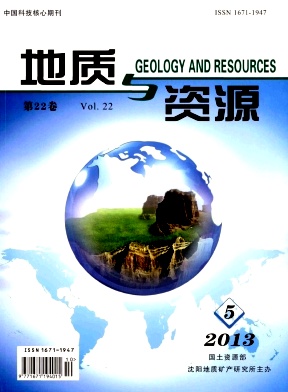CHI Guang-cheng, XIAO Gang, CHEN Ying-li, WU Yue, HU Jian-fei, WANG Hai-jiao, YUE Ming-xin, WANG Xin. APPLICATION OF X-RAY POWDER DIFFRACTOMETER IN THE IDENTIFICATION AND CLASSIFICATION OF PHYLLITE[J]. Geology and Resources, 2013, 22(5): 409-414,434. doi: 10.13686/j.cnki.dzyzy.2013.05.014
| Citation: |
CHI Guang-cheng, XIAO Gang, CHEN Ying-li, WU Yue, HU Jian-fei, WANG Hai-jiao, YUE Ming-xin, WANG Xin. APPLICATION OF X-RAY POWDER DIFFRACTOMETER IN THE IDENTIFICATION AND CLASSIFICATION OF PHYLLITE[J]. Geology and Resources, 2013, 22(5): 409-414,434. doi: 10.13686/j.cnki.dzyzy.2013.05.014
|
APPLICATION OF X-RAY POWDER DIFFRACTOMETER IN THE IDENTIFICATION AND CLASSIFICATION OF PHYLLITE
-
Abstract
Phyllite is traditionally classified and defined based on the microscopic observation of rock structure and mineral composition. Actually, it is quite difficult to distinguish the scaly chlorite from biotite, and microgranular quartz and K-feldspar from plagioclase in the slices of phyllite. In order to accurately identify the scaly and microgranular rockforming minerals and their relative contents in phyllite, the semi-quantitative technique of X-ray powder diffraction is adopted to analyze 19 pieces of phyllite samples. The results show that, by the obvious differences of X-ray diffraction (XRD) peaks between mica, chlorite, quartz, K-feldspar and plagioclase, in combination with the X-ray diffraction spectrum fitting technique, the minerals and their contents can be quickly detected. Practice has proved that the integrated application of field observation, slice identification and X-ray powder diffraction will determine the accurate name of phyllite.
-

-
-
Access History







 DownLoad:
DownLoad: